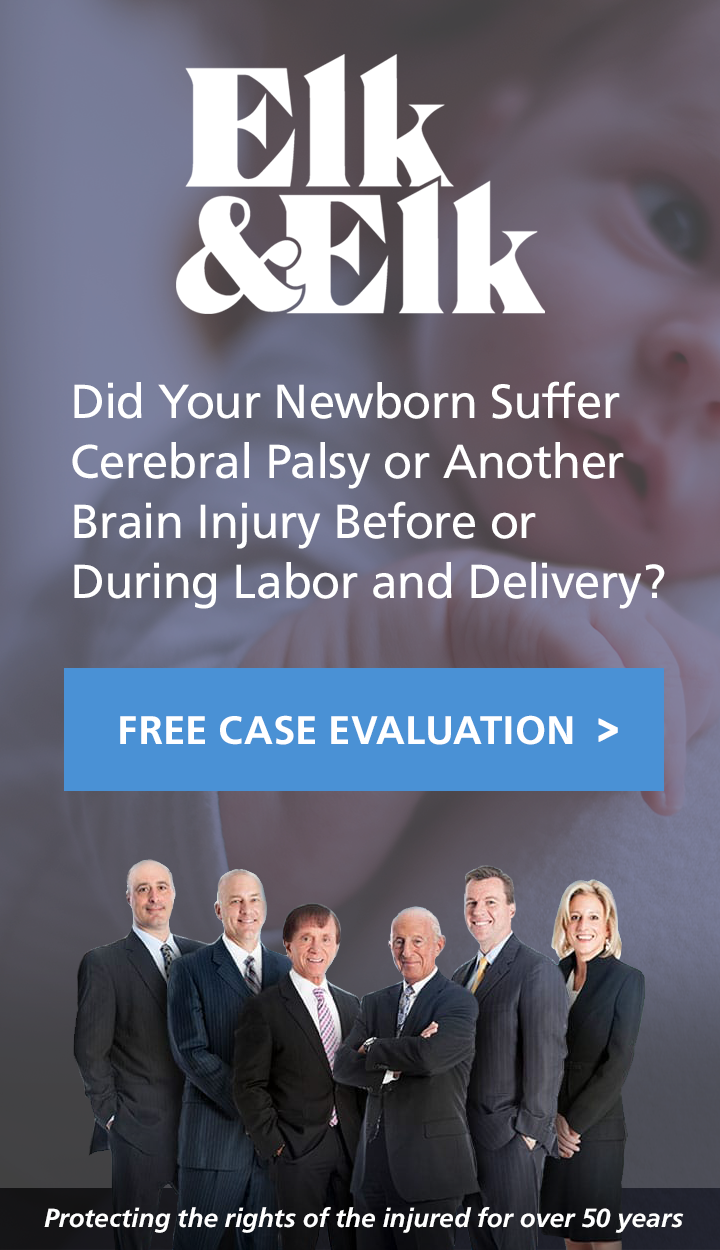Maternal Death Preeclampsia - Overview
Every day, more than 800 women die because of pregnancy or child birth issues.
Get A 100% Free CASE EvaluationNinety percent of maternal deaths happen in developing countries, where lack of education and inadequate medical care cause health complications. One of the leading causes of maternal mortalities is called preeclampsia.
Overview of the Deadly Health Care Issue
Pregnant women who experience inordinately high blood pressures for the first time develop the potentially dangerous medical condition. Formerly referred to as toxemia, the health care issue creates high levels of protein in the urine of pregnant women. Swelling in the hands, feet, and legs typically indicate the onset of a medical condition that if not treated immediately turns into the much more dangerous ailment called eclampsia. The signs of the ailment appear late in a woman’s pregnancy after the 20-week milestone.
At Risk Pregnant Women
Preeclampsia occurs most often in women who go through a pregnancy for the first time, as well as expectant teens and women who are more than 40 years old. Although the medical condition afflicts women who have never experienced high blood pressure, other risk factors contribute to the potentially life-threatening ailment. A woman whose family has a history of the medical condition runs a higher risk of experiencing a first-time increase in blood pressure. The family history typically involves a mother and/or sister who developed the pregnancy health ailment. A history of obesity and the carrying of more than one baby also can cause preeclampsia. Obstetricians examine pregnant women to detect lupus, diabetes, or kidney disease, which can contribute to a sudden and rapid increase in a pregnant woman’s blood pressure.
Signs and Symptoms
Rapid weight gain represents one of the more obvious signs of preeclampsia. The gain in weight derives from a substantial increase in body fluids during pregnancy. Pregnant women might feel acute abdominal pain and/or severe headaches that did not occur before pregnancy. Changes in reflexes indicate a rapid increase in blood pressure, as pregnant women tend to become jittery. Dizziness, vision changes, reduced urine or the lack of urine, and constant nausea and vomiting mean the disease is close to evolving into an ailment that requires emergency intervention.
Worldwide Impact
The incidence of the ailment is between five and eight percent of all births delivered within the United States. Because of the lack of adequate medical facilities and experienced obstetricians, developing countries in Africa experiences incidence rates that climb near 20%. Ten million women throughout the world develop the pregnancy ailment every year, with on average about 76,000 pregnant women losing their lives because of a rapid rise in blood pressure. The number of infants estimated to die because of maternal high blood pressure is close to 500,000 per year globally.
Lack of awareness heads the list as to why the life threatening ailment occurs more often in developing countries. Poverty and cultural practices also lead to pregnant women living with undiagnosed high blood pressure. Organizations such as the Preeclampsia Foundation have implemented publicity campaigns all across the world to inform pregnant women about the silent killer. Far reaching maternal health initiatives that include testing blood pressure has prompted more awareness for women to take on the dangerous health care issue in the early stages of development.


